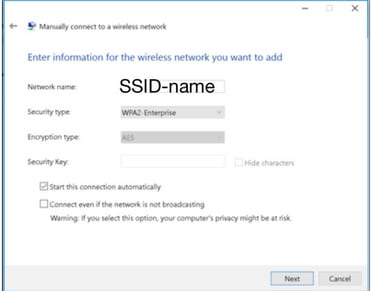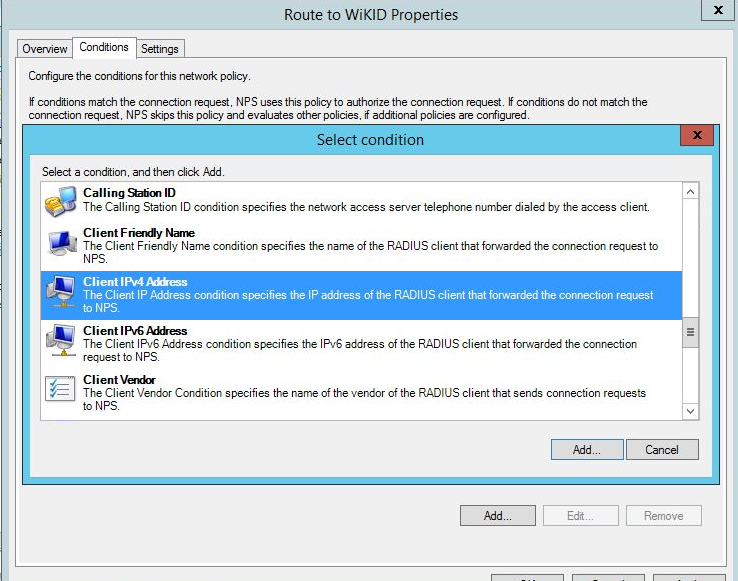Introduction We’ll start by discovering a few RADIUS client programs that have an integrated authenticator and supplicant functionality, which allow you to easily test and monitor your RADIUS server from within a program and also see the RADIUS server responses. Then we’ll check out programs to help you better understand and validate the RADIUS and 802.1X security vulnerabilities.
Radlogin is a free web-based RADIUS client, installable on Windows, Sparc Solaris, FreeBSD and Linux platforms. It’s developed by, which also offers RADIUS servers and solutions. Buffet Clarinet Serial Numbers B12 there. You can use Radlogin to simulate, debug and monitor most RADIUS and Network Access Servers (NAS). Its testing functionality lets you simulate RADIUS authentication, accounting and CoA/Disconnect requests with custom fields, built in counter variables, random characters and pseudo session IDs. Its debugging functionality displays and validates the raw RADIUS attribute packet information from your NAS or RADIUS server.
A simple setup. We start this article by creating a simple setup of FreeRADIUS with the following: The localhost defined as an NAS device (RADIUS client); Alice defined as a test user. After we have defined the client and the test user, we will use the radtest program to fill the role of a RADIUS client and test the authentication. To use the server, you also need a correctly setup client which will talk to it, usually a terminal server or a PC with appropriate emulation software. Testing FreeRadius with radtest. Tip: You'll also want to enter 'localhost' here for testing purposes (i.e. So you can use radtest).

Its monitoring capabilities give you the ability to keep stats on up to hundreds of RADIUS servers and supports email alerts. Radclient is an open source Linux-based RADIUS client command-line program, included with the server. You can send accounting, authentication, status, and disconnect packets to a RADIUS server via the command-line using the attributes you specify and it will show the replies. You can type the attributes and values at the command-line or they can be pulled from a specified file. It then encodes these using the dictionary, encrypts the User-Password and CHAP-Password, and sends them to the remote server. Sociology Your Compass New World Ebook Library here.

Latest Posts
- ✔ Quicken Qdf File Corrupted Ps3
- ✔ Playstation Allstars Battle Royale Psp Iso
- ✔ Opendns Roaming Client Download
- ✔ Cs4 Crack Rtfc
- ✔ Mindray De Cg - 03a Manual
- ✔ Falcon Bms Balkans Theatre Downloads
- ✔ Disgaea 2 Psp Iso Free Download
- ✔ Ms Word 2003 Free Download For Windows 8
- ✔ How To Install Cracked Version Of Sygic On Android
- ✔ Matt Hoffman Pro Bmx 2 Download Pc
- ✔ Kenan And Kel Full Series Episodes
- ✔ Download Breakbot Happy Rabbit Rar Free